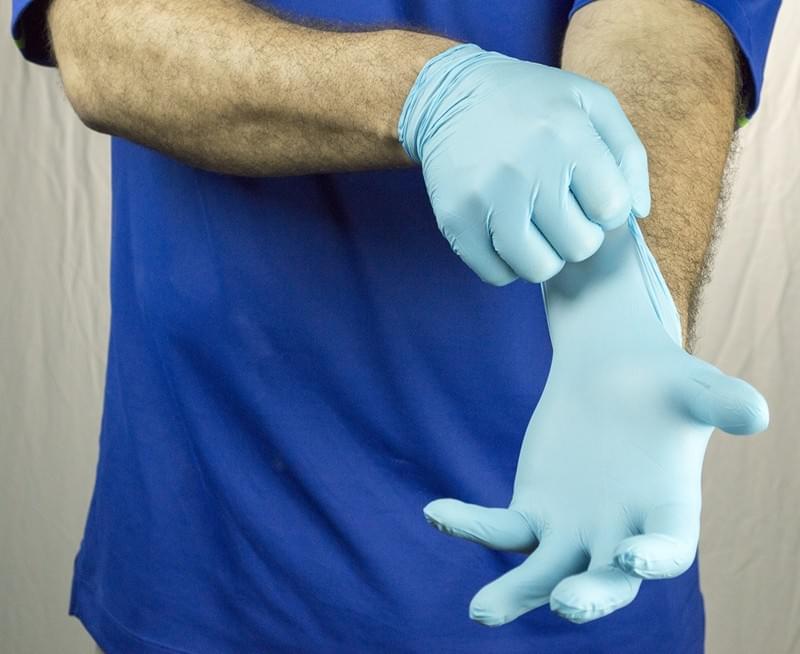If disposable glove wearers need a product that is easier to slip on their hands, powdered products are the solution. There are powdered latex, nitrile and vinyl gloves available.
The history of powdered gloves
According to the U.S. Food and Drug Administration, researchers began searching for a way to facilitate easier glove donning in surgical applications in the late 1800s. Early methods included wetting the glove material and using various powders, such as talcum powder and a powder made from Lycopodium spores, which are ground pines or club moss. However, both of these powders led to postoperative complications.
Food-grade cornstarch began appearing in gloves by 1947, and by the 1970s, it grabbed the largest market share. Compared to the previous two powders, cornstarch has necessary absorptive properties and does not lead to irritation. Although this powder is currently the most commonly used, gloves are also powdered with calcium or lactose, according to Infection Control Today.
These dusting powders are applied to the gloves near the end of the manufacturing process. After the glove forms are dipped in the glove materials and excess proteins and other residues are removed through the leaching process, the gloves are powdered before they are stripped from their forms. The FDA noted the cornstarch powder mixture is 2 percent magnesium oxide. This keeps the powder from turning into a paste or otherwise thickening.
What are the benefits of powdered gloves?
In the past, natural rubber latex was the main material used for disposable gloves. Latex is a flexible material that closely conforms to the hand, a feature that makes donning difficult for some wearers. This point became more pronounced when glove usage increased as a result of growing awareness of HIV in the 1980s.
To provide more ease in donning gloves, the food-grade cornstarch powder absorbs moisture on hands. This is a key benefit for individuals whose palms are prone to sweating. Additionally, the powder absorbs excess moisture that is present after wearers wash their hands, a step that should be undertaken before gloves are donned.
Powdered gloves are not suitable for all applications, as the cornstarch powder interferes with certain biological and chemical processes, such as chemical sealing and wound closure, respectively. Additionally, the powder damages paints, varnishes and lacquers, and if even a speck of powder lands on a freshly painted surface, it may cause a fish eye. However, outside of these applications, powdered gloves are found in many industries.






